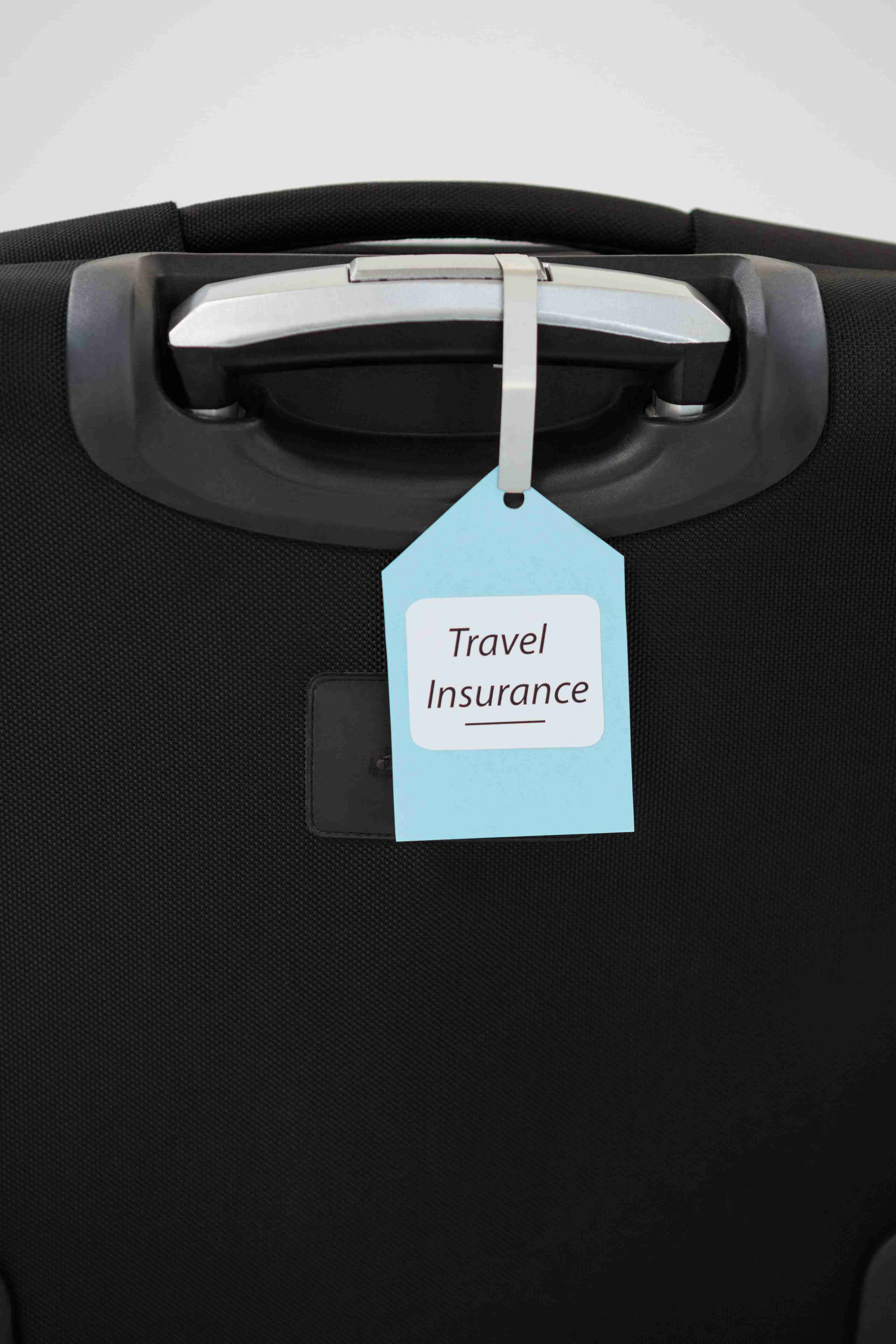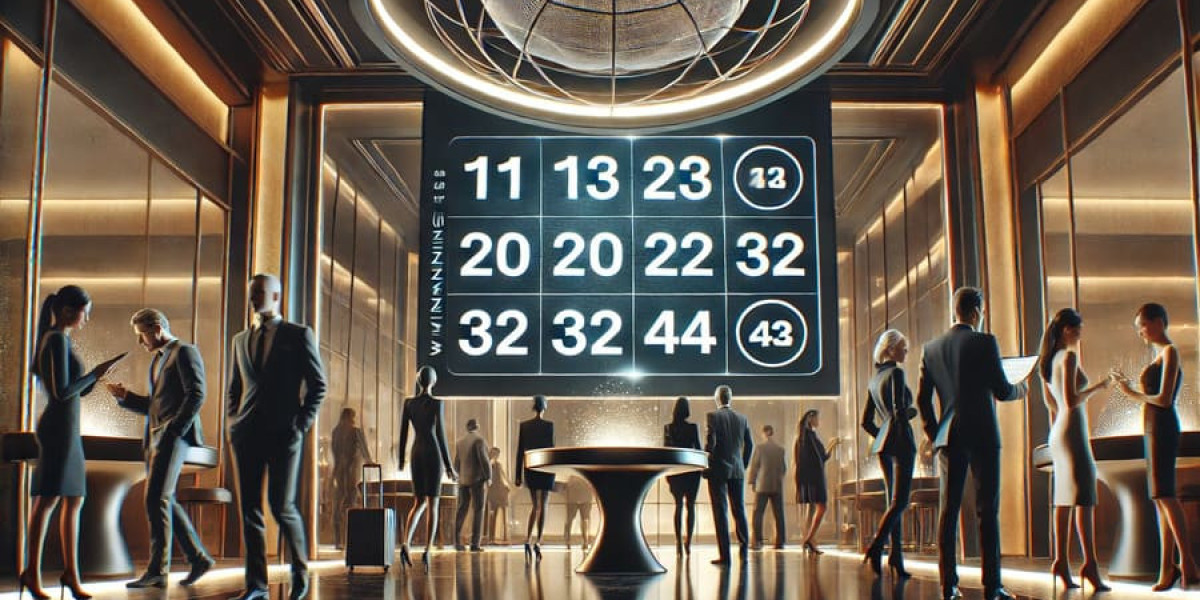Planning a trip to Russia has become a lot easier in recent years, especially with the introduction of the Russian eVisa. It’s fast, convenient, and eliminates the hassle of visiting an embassy or consulate. But, just like with any visa process, there are a few pitfalls that travelers often stumble into—many of which can lead to delays, rejections, or unexpected headaches at the border.
Whether you're heading to St. Petersburg to soak in the rich culture or venturing to the Far East for business, it pays to get your application right the first time. Here are some common mistakes to avoid when applying for a Russian eVisa, and how you can steer clear of them.
1. Applying for the Wrong Type of Visa
Let’s start with the basics. Russia offers several types of visas—tourist, business, humanitarian, and more. The eVisa is typically valid for short-term stays (up to 16 days) and is available only for certain purposes and nationalities.
A lot of applicants make the mistake of assuming they can use an eVisa for work, study, or long-term visits. You can’t. If your trip doesn't fall under the categories allowed for an eVisa, you’ll need to apply for a traditional visa through a consulate.
Tip: Before applying, double-check that your purpose of visit aligns with what’s allowed under the eVisa regime.
2. Incorrect or Incomplete Application Details
It sounds obvious, but one of the most common reasons for eVisa rejections is simple errors in the Russia e-Visa Application Form. Misspelling your name, entering the wrong passport number, or choosing the wrong travel dates can all cause issues.
This mistake happens more often than you’d think—especially when travelers are in a rush or applying late at night. Even something as small as mismatched passport details (like using your middle name inconsistently) can lead to rejection.
Tip: Always review every field of the application before submitting. Better yet, ask someone else to double-check it for you.
3. Using a Passport That’s About to Expire
Russia requires that your passport be valid for six months beyond the date of your eVisa’s expiration. That means if your passport is due to expire in a few months, you’ll need to renew it before applying.
Unfortunately, many applicants overlook this rule. They get approved, book flights, and only realize the issue at the airport—or worse, at the Russian border.
Tip: Make sure your passport has enough validity. As a general rule, having at least 9–12 months left is ideal.
4. Uploading the Wrong Photo
Yes, the photo requirement can be a bit picky. Russia requires a passport-style photo, and they mean it. That means no selfies, no photos with filters, no hats or sunglasses, and definitely no group photos cropped down.
The photo should be clear, recent, and taken against a plain background—just like the one in your passport.
Tip: If in doubt, go to a local photo studio or use an online tool designed specifically for visa photos. It might cost a few bucks, but it’s worth avoiding rejection over something so preventable.
5. Not Sticking to the Entry/Exit Rules
The Russian eVisa is only valid for specific regions of Russia and for a limited number of days (currently 16). Travelers sometimes assume they can cross into other regions or extend their stay once inside the country. That’s not how it works.
For example, if you enter Russia through Vladivostok using an eVisa, you can’t just hop on a train to Moscow. Your travel is restricted to the region specified in your visa.
Tip: Plan your itinerary carefully and know where your visa allows you to go. Don’t assume flexibility—Russian immigration certainly doesn’t.
6. Applying Too Late (or Too Early)
Timing matters. You can only apply for a Russian eVisa between 4 and 40 days before your planned entry date. If you apply too early, your application won’t be processed. If you apply too late, you risk not getting approved in time.
This narrow window often trips up travelers who are used to getting visas months in advance—or those who leave things to the last minute.
Tip: Set a reminder to apply as soon as your travel plans are confirmed—ideally around 3–4 weeks before your trip.
7. Not Printing the eVisa
While your eVisa is electronic, Russian border officers still require travelers to present a printed copy upon arrival. Showing it on your phone or tablet may not be accepted in all cases.
Plenty of travelers have been delayed at immigration simply because they didn’t have a physical copy of their visa on hand.
Tip: Print several copies of your eVisa and keep one in your carry-on luggage. It's a small step that can save you a lot of hassle.
8. Ignoring the Insurance Requirement
Although not always enforced strictly at the border, Russia does technically require visitors to have valid travel medical insurance. If asked and you don’t have proof, you could be denied entry.
It’s surprising how many travelers skip this step or assume their home insurance will cover them. Don’t take the risk.
Tip: Buy a short-term travel insurance policy that clearly states coverage in Russia. Keep the confirmation email and policy printout with your other travel documents.
Final Thoughts
The Russian eVisa system is a fantastic step forward for travelers—it’s quick, mostly straightforward, and eliminates a ton of bureaucracy. But it’s not foolproof. One small error can derail your entire trip, and unlike some other countries, Russia doesn't always offer second chances or on-arrival fixes.
The good news? Every one of these mistakes is easily avoidable with a bit of preparation and attention to detail. If you treat the application seriously, double-check your documents, and follow the rules, you’ll be on your way to exploring Russia’s diverse regions without a hitch.





